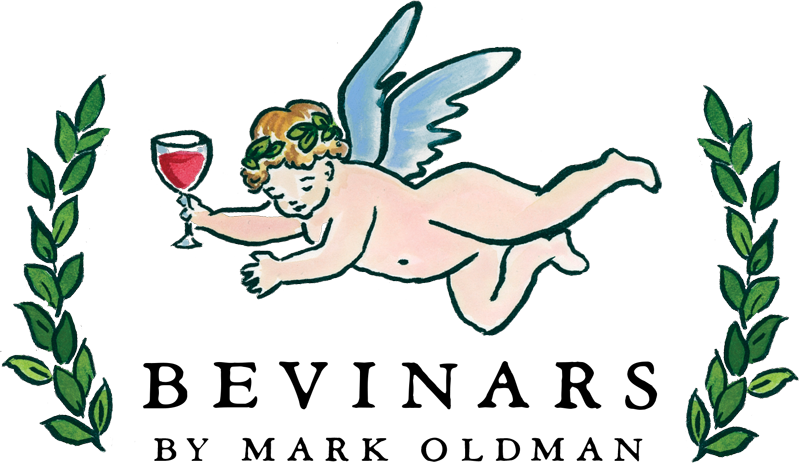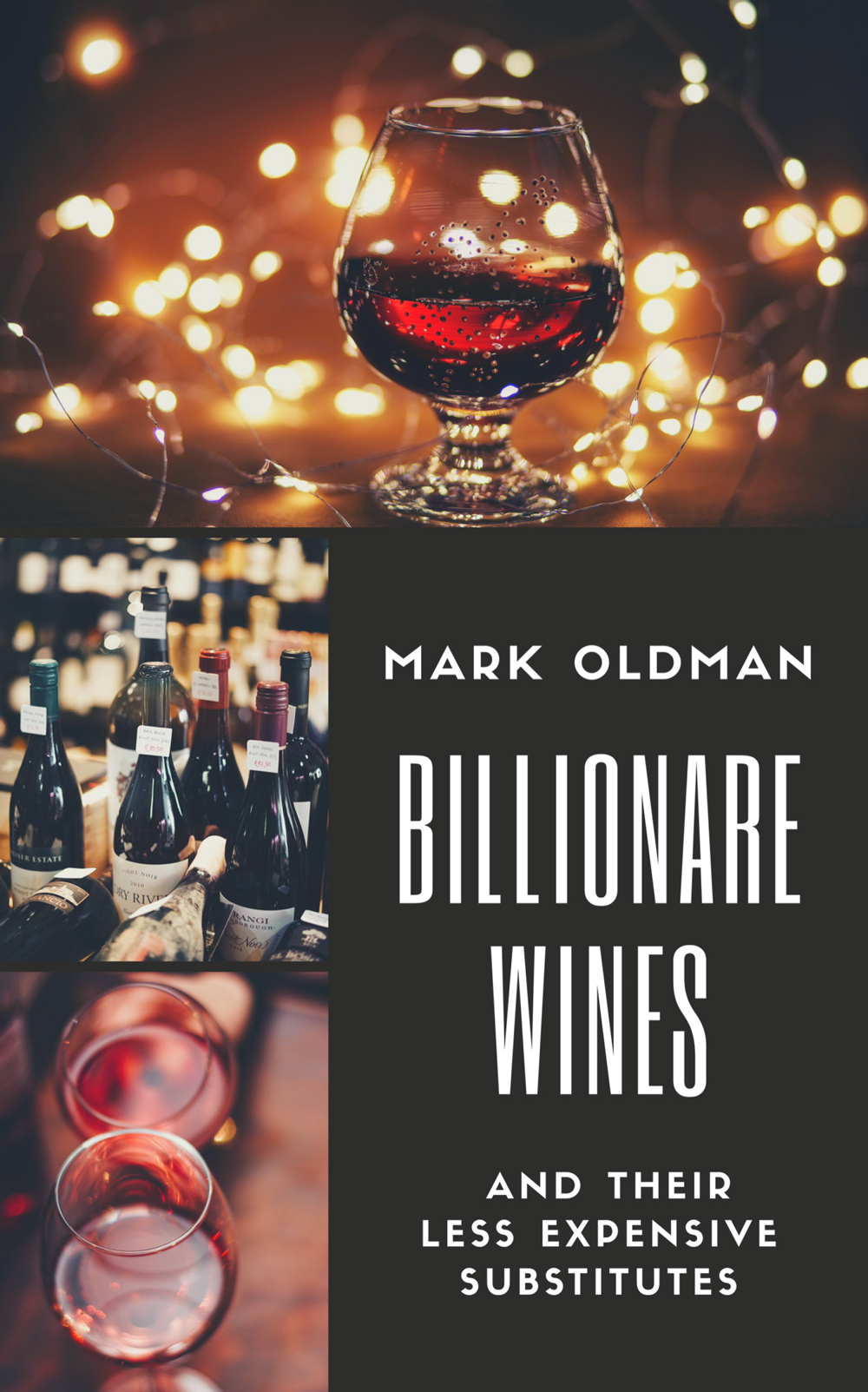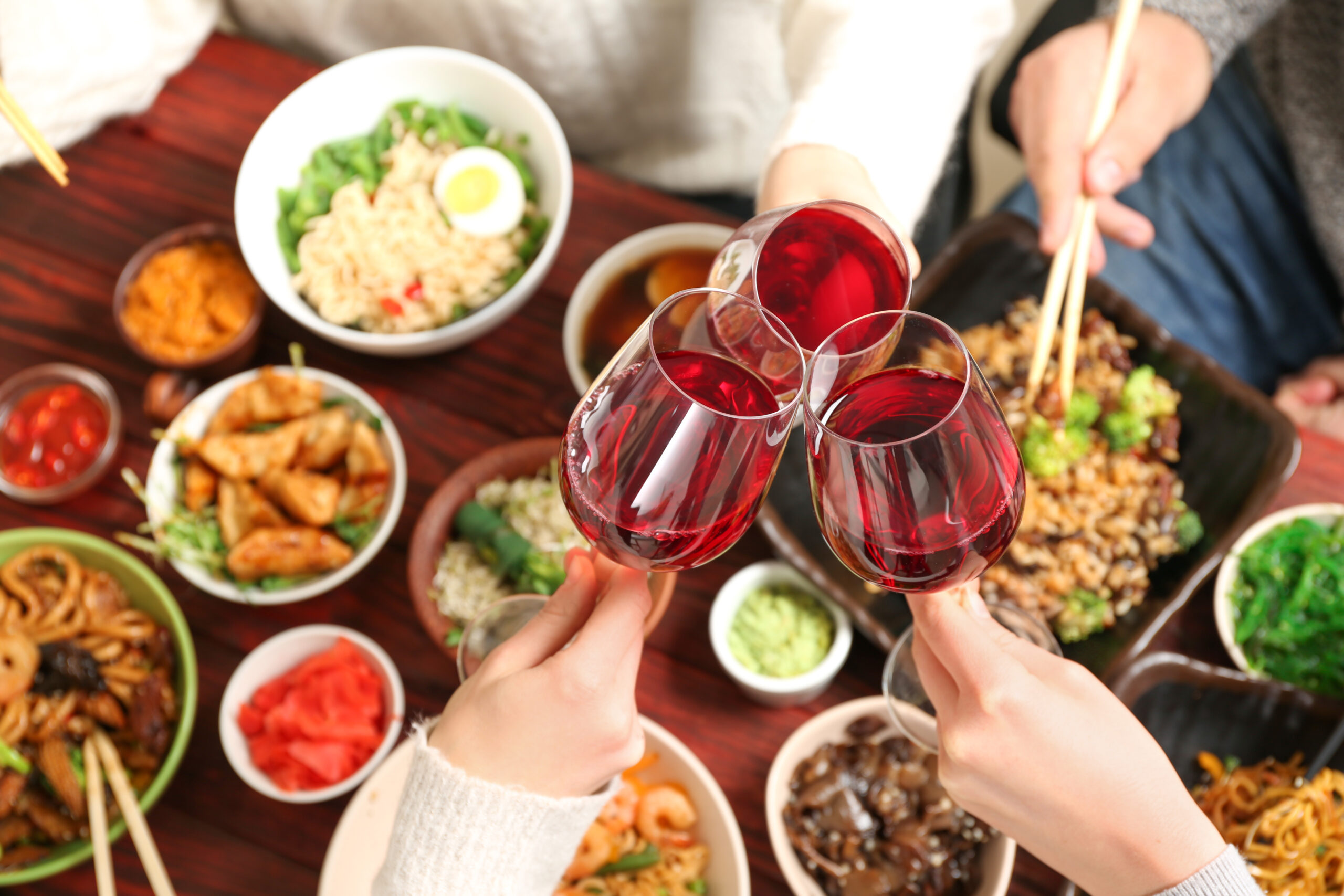
Wine Based Cocktails
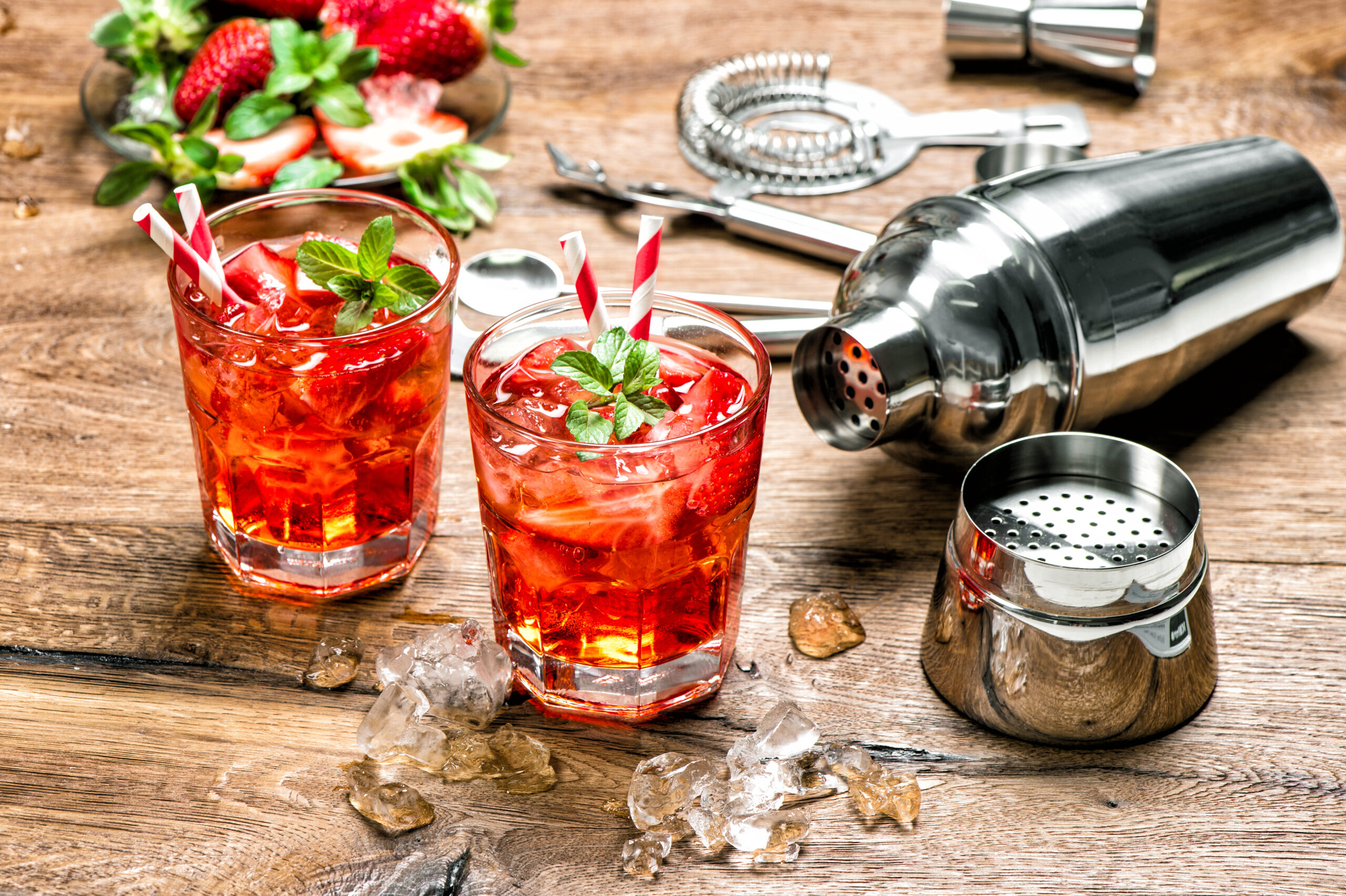
Cocktails made with wine? Yes.
The longstanding classic wine cocktails embody a certain sense of simple, delicious elegance while maintaining a hint of exoticism. The Mimosa (lubricant of brunches and mid-day celebrations), the Kir, and its highbrow cousin, the Kir Royale, representing France; Spain’s refreshing and convivial Sangria, both white and red; and the Champagne Cocktail, invented in, of all places, steamy nineteenth-century Panama.
None of these cocktails involves the complexity of today’s mixology; they are perfect combinations of wine with everyday ingredients that rarely fail to please.
A current trend
In the past decade, however, wine has also formed the object of mixological inventiveness. There’s the Bohemio, Bellini Spritz, and Sherry Negroni. Wine based cocktails—both classic and contemporary—often offer a lighter, invigorating take on mixed drinks, an alternative to those only made with heavy doses of high-alcohol spirits.
Full of possibilities
Exploring wine cocktails, classic to contemporary, opens the door to new world for wine lovers; and we don’t always have to imbibe wine for wine’s sake alone. As one Spanish “sommelier/mixologist” put it: “For me, wine is a fantastic ingredient when making a cocktail, it offers a lot of possibilities. Thanks to its great diversity, I often use it as a natural, starring element. White wines, reds, fortified wines, or sparkling wines, all are valid in mixology.”
Here, we present a few wine cocktail ideas, with basic recipes, to stimulate your creativity, your palate, and your festive occasions. These will count among your favorite wine cocktails.

Classic Wine Cocktail Recipes
Mimosa
This is very easy: equal parts of sparkling wine and fresh-squeezed orange juice. Serve in a Champagne flute or your glassware of choice. (Some people may desire up the ration of sparkling wine to juice).
Kir and Kir Royale
To make a Kir (still white wine) or Kir Royale (sparkling white wine), you will need the following ingredients:
• 1 part crème de cassis (blackcurrant liqueur)
• 4 parts still white wine (Kir) or Champagne or sparkling wine (Kir Royale)
Preparation:
1. Pour the crème de cassis into a wine glass or Champagne flute.
2. Top up with Champagne or still wine
3. Gently stir to combine.
Serve chilled. Optionally, you can garnish with a twist of lemon zest. It’s that simple and stunningly beautiful.
Champagne Cocktail (Panama style)
An undeniable classic sparkling wine cocktail, the Champagne Cocktail first emerged in Panama in the 1850s. Its popularity earned it a recipe in the first-ever cocktail book, Jerry Thomas’s Bartenders Guide. The travel tale Panama in 1855 recorded the use of Mumm’s, fresh ice, sugar, and bitters, with the later addition of brandy. “The Champange cock-tail, thus perfected, went whirling, roaring, foaming, and flowing down mine and the friendly concocter’s throats,” wrote the author. There’s no club soda here.
120 ml/4 oz Champagne
Lump of sugar
2 to 3 Dashes of aromatic bitters
10 ml /1/3 oz of VSOP cognac
Lemon peel
Preparation: Place the sugar cube in a glass; soak it with the bitters; add ice and (optional) cognac; fill the glass with the sparkling wine; twist the lemon peel over, and then place it inside the glass
Sangria
One of the most popular wine cocktails, there are as many Sangria recipes as there are people who make Sangria. In Andalusia, sometimes Sangria is simply a chilled red wine with added slices of fresh fruit. More frequently, it will contain sugar (usually first dissolved in water), fresh fruit, an optional spirit (Cointreau, brandy, or even vodka), a fruity orange or lemon-lime soda, and an inexpensive (but still quality) red wine.
Playing with the proportions, and adding the spirit or not, will give different results. One suggested Spanish recipe is:
For 4 people
1 bottle of red wine
2 apples
Orange juice from one orange
1 additional orange
1 peach
Juice of 1-2 lemons or limes
1 banana
60 g sugar
1 can of 330 ml orange-flavored soda (substitute club soda for less sugar)
75 ml hot water
1 cinnamon stick
Optional Cointreau or brandy
Preparation: Dissolve the sugar in the 75 ml of hot water. Mix this, the juice of one orange, and the red wine in a large bowl. Peel and dice the fruits into cubes, except for the orange, which you will peel and slice. Add all the diced fruits to the bowl along with the juice of the two lemons, the cinnamon stick, and mix everything very well.
Refrigerate the sangria overnight to let it marinate. When you are ready to serve the Sangria, add the soda or club soda to the pitcher. Serve well chilled.
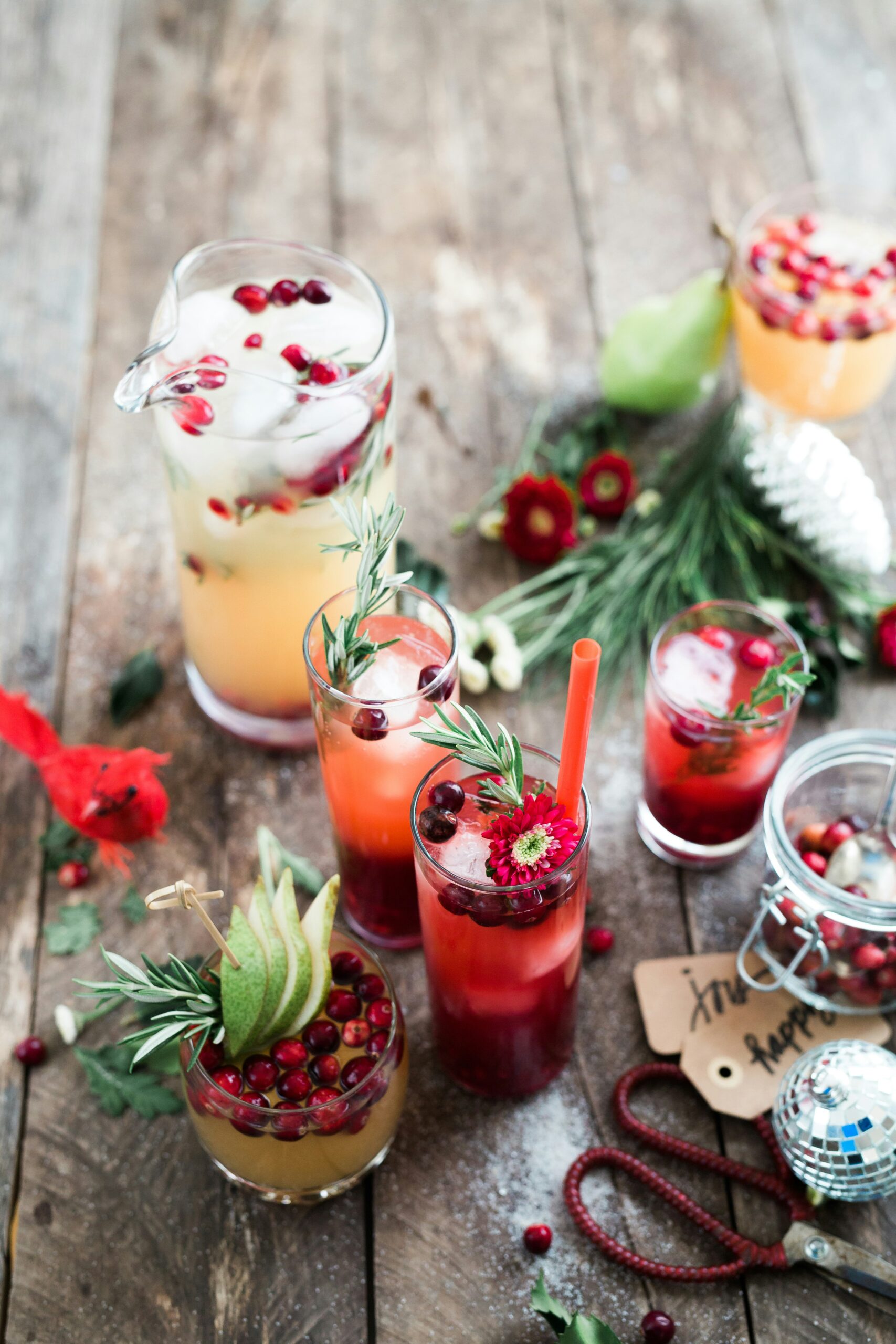
Modern Wine Cocktails
Wine Cocktails: Current Mixology
One Argentinian mixologist said about the wine cocktail: “Whites and rosés are more versatile, in my opinion, they are the ones I use the most… But a good cocktail with red wine gives us more complex notes and can add a touch to any cocktail, using it, for example, in a New York Sour, where just a splash of wine makes a difference in both the visual aspect and the taste.”
The wines of Spain’s Jerez region, often referred to as Sherry, offer a world of possibilities for mixing. Wines like Fino, Manzanilla, Amontillado, Palo Cortado, and PX (Pedro Ximenez)
Here’s some inventive ideas for delicious cocktails:
New York Sour by Sabrina Rodríguez Cuack
• 60 ml American whiskey, preferably bourbon
• 30 ml freshly squeezed lemon juice
• 30 ml simple syrup
• Egg white or 30 ml aquafaba to emulsify and give it a different texture
• Splash of red wine such as Malbec
Preparation: Mix the ingredients, except the red wine, in a shaker: first a dry shake to activate the albumin in the egg white and blend; then add ice and shake again. Serve in an Old Fashioned glass and garnish with a healthy splash of the red wine.
Bohemio by Federico Gómez
• 60 ml gin
• 45 ml Sauvignon Blanc
• 30 ml simple syrup
• 30 ml freshly squeezed lemon juice
• 15 ml ginger extract
• Tonic water
• Citrus slice
• Thyme
Preparation: Pour the ingredient into a glass with ice. Top up with tonic water and add the citrus slice and thyme for a citrusy and fresh aroma.
Sherry Negroni by Eloy García
- 30 ml Campari
- 20 ml Gin
- 20 ml Amontillado sherry
- 20 ml Pedro Ximénez (PX) sherry
- 1 orange slice
Preparation: Pour all the ingredients into a low glass (Old Fashioned) with large ice cubes, stir, and garnish with an orange slice.
Amarrete by Franco Zárate
• 30 ml Verbena (Red Bitter)
• 45 ml Rose Vermouth
• 60 ml grapefruit juice
• 30 ml lime juice macerated with lime zest
• 30 ml simple syrup
Preparation: Mix the ingredients in a cocktail shaker. Serve in a stemless glass with crushed ice and decorate with a quarter of grapefruit, edible flower, and a twist of grapefruit zest.
Sangría Torito by Franco Zárate
• 30 ml Dry gin
• 90 ml wine (white or red wine) macerated with spices and fruits for 12 hours (ideas include green apple, orange, plum, cardamom, cinnamon, clove, star anise, and coriander).
• 30 ml super lime juice
• 30 ml regular syrup
Preparation: Mix the ingredients using a cocktail shaker. Serve in a glass with crushed ice. For decoration, use slices of green apple, a quarter of an orange, and mint perfume. green apple, orange, plum, cardamom, cinnamon, clove, star anise, and coriander.
Wine cocktails: tradition and innovation
In the end, wine cocktails offer a rich assortment of flavors that can blend tradition with innovation. From the timeless elegance of classics like the Mimosa and Kir Royale to the inventive twists of modern creations like the Bohemio and Amarrete, there’s a cocktail to suit every palate and occasion. Whether you’re seeking a refreshing aperitif for a summer afternoon or a sophisticated libation for a special celebration, the wine cocktail—from the classic cocktail to the refreshing drink—provide endless possibilities for wine exploration and enjoyment.

